Magnesium sulfate, commonly known as Epsom salt, serves as an invaluable asset for gardeners seeking to bolster their plant’s growth and vibrancy. Not only does it play a pivotal role in nutrient absorption, but its chemical constituents also foster an environment in which plants can flourish. This article delves into the various plant species that thrive in the presence of magnesium sulfate, enhancing both their aesthetic appeal and overall health. Understanding how this essential mineral affects plant biology can greatly improve garden productivity and beauty.
Plants thrive upon a delicate balance of nutrients, and magnesium sulfate is often overlooked despite its significance. It is primarily composed of magnesium and sulfate ions, two elements that are crucial for plant development. Magnesium acts as a vital component of chlorophyll, the molecule responsible for photosynthesis, while sulfur contributes to the formation of amino acids and proteins. The remarkable synergy between these elements catalyzes growth processes and enhances the visual allure of various plant species.
Want to enhance the green hues of your plants? Let’s explore how magnesium sulfate can be a game-changer in the garden.
Enhancing the Lush Green of Leafy Vegetables
Leafy greens, including spinach, kale, and Swiss chard, are particularly responsive to magnesium sulfate. The magnesium component is pivotal in the synthesis of chlorophyll, which imparts that rich green color so desirable in garden vegetables. Rapid photosynthesis facilitated by abundant chlorophyll leads to more vigorous growth, increased yields, and enhanced flavor profiles.
Additionally, magnesium helps in the uptake of phosphorus, fostering root development and overall plant health. This nutrient synergy ensures that leafy vegetables not only grow faster but also boast higher nutritional values. Spinach farmers, for instance, have observed that applying magnesium sulfate can significantly increase the vigor of plants, providing greens with a more attractive appearance that catches the eye.
Elevating the Blooms of Ornamental Plants
The aesthetic appeal of ornamental plants can be magnified through the judicious use of magnesium sulfate. Flowering species, such as petunias and roses, exhibit marked improvements when supplemented with this mineral. The presence of magnesium promotes vibrant flower colors, fullness, and overall vitality, making gardens more visually stimulating.
Flowers absorb magnesium to facilitate energy production; thus, this element has a direct influence on flowering times and the longevity of blooms. Petunias, for instance, are known for their profuse flowering and when cultivated with magnesium sulfate, display blooms that are not only luscious in color but also larger in size. The perception of beauty in flowering plants is often tied to their color intensity and robustness, both of which can be significantly augmented with Epsom salt treatments.
Fostering Fruit Development in Fruit-bearing Plants
Peculiar interactions between magnesium sulfate and fruit-bearing plants like tomatoes, peppers, and eggplants are worthy of exploration. These plants require adequate magnesium levels for optimal fruit quality and quantity. Magnesium plays an essential role in the photosynthesis process, influencing carbohydrate production that ultimately translates into more substantial and sweeter fruits.
In tomato plants, magnesium deficiency manifests in the form of yellowing leaves and reduced fruit size. However, when magnesium sulfate is introduced to the soil, plants regain their vigor. They develop lush foliage that supports healthy fruiting processes. Additionally, ripe tomatoes produced in magnesium-rich environments often exhibit enhanced sugar content, rendering them more flavorful.
Peppers thrive under similar circumstances. The inclusion of magnesium sulfate has been known to lead to an increase in the production of oils and sugars, contributing to a more dynamic taste and vibrant coloration. The visual appeal of peppers, with their glistening surfaces and bright hues, can be significantly influenced by adequate magnesium availability, making them even more attractive in the garden.
Utilizing Magnesium Sulfate in Your Gardening Regimen
Incorporating magnesium sulfate into your gardening routine is straightforward yet requires mindfulness regarding application methods and quantities. It can be dissolved in water, allowing for foliar sprays or soil amendments. Foliar applications ensure quick absorption by leaves, while soil treatments leverage the mineral’s slow-release capability as it binds with soil particles and becomes available to plant roots.
A general recommendation for the application is one to two tablespoons of Epsom salt per gallon of water for foliar sprays, while soil amendments can vary based on soil tests and existing nutrient levels. It’s advisable to monitor the plants regularly, adjusting the application based on observed foliage color and growth responses. Remember, abundance is not always beneficial; over-application can lead to nutrient imbalances.
In Conclusion
Magnesium sulfate emerges as a fundamental ally in the quest for a bountiful garden, influencing plant aesthetics, vigor, and yield. Its ability to enhance the lushness of leafy greens, intensify the beauty of ornamental flowers, and promote sweet, abundant fruit renders it an indispensable component in sustainable gardening practices. Understanding the many plants that benefit from this mineral can empower gardeners to create visually stunning and productive landscapes, transforming ordinary gardens into extraordinary showcases of nature’s beauty.
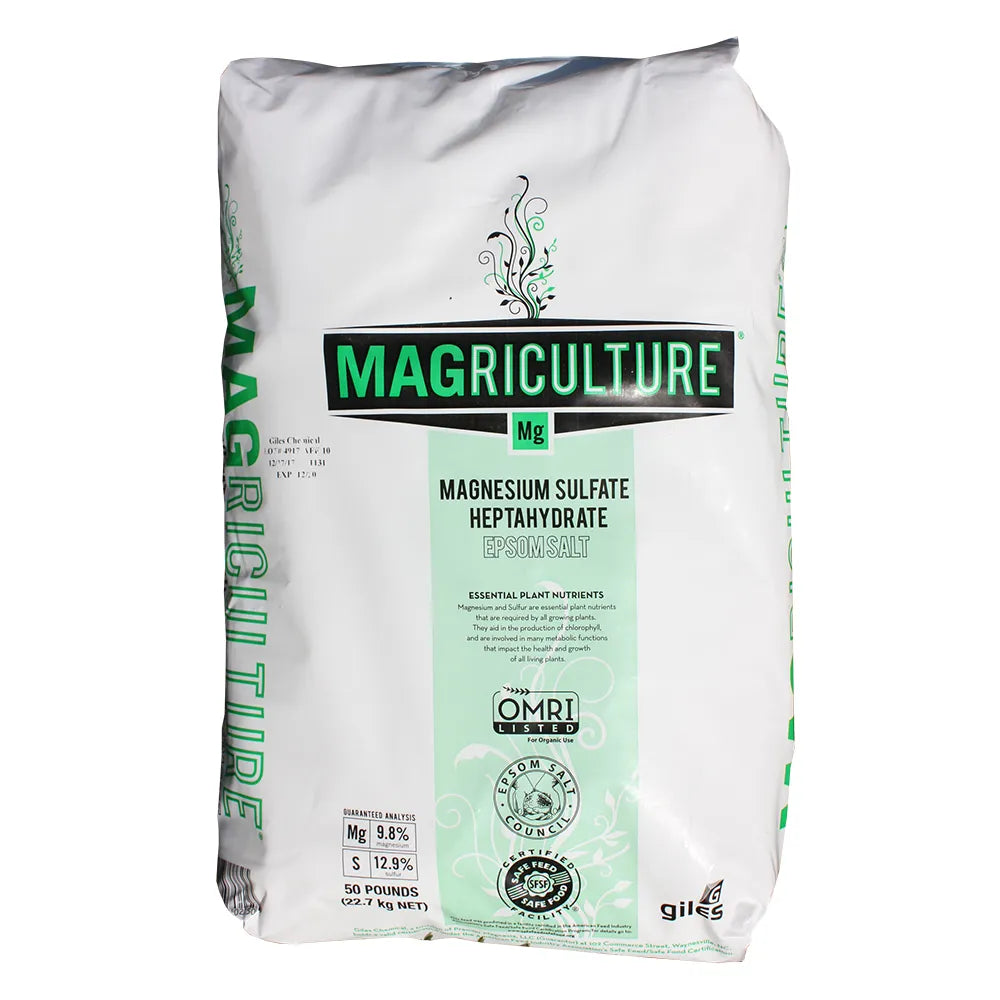
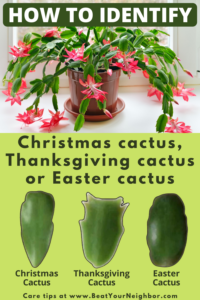
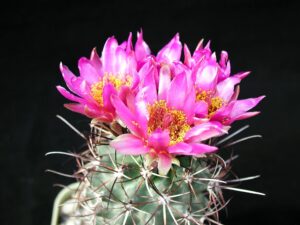
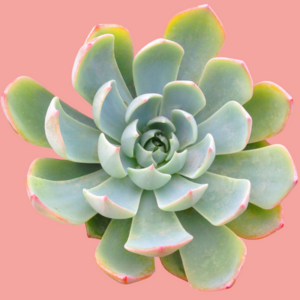
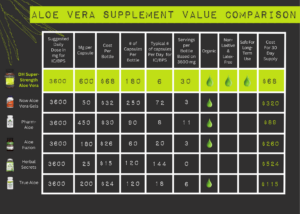
Leave a Comment